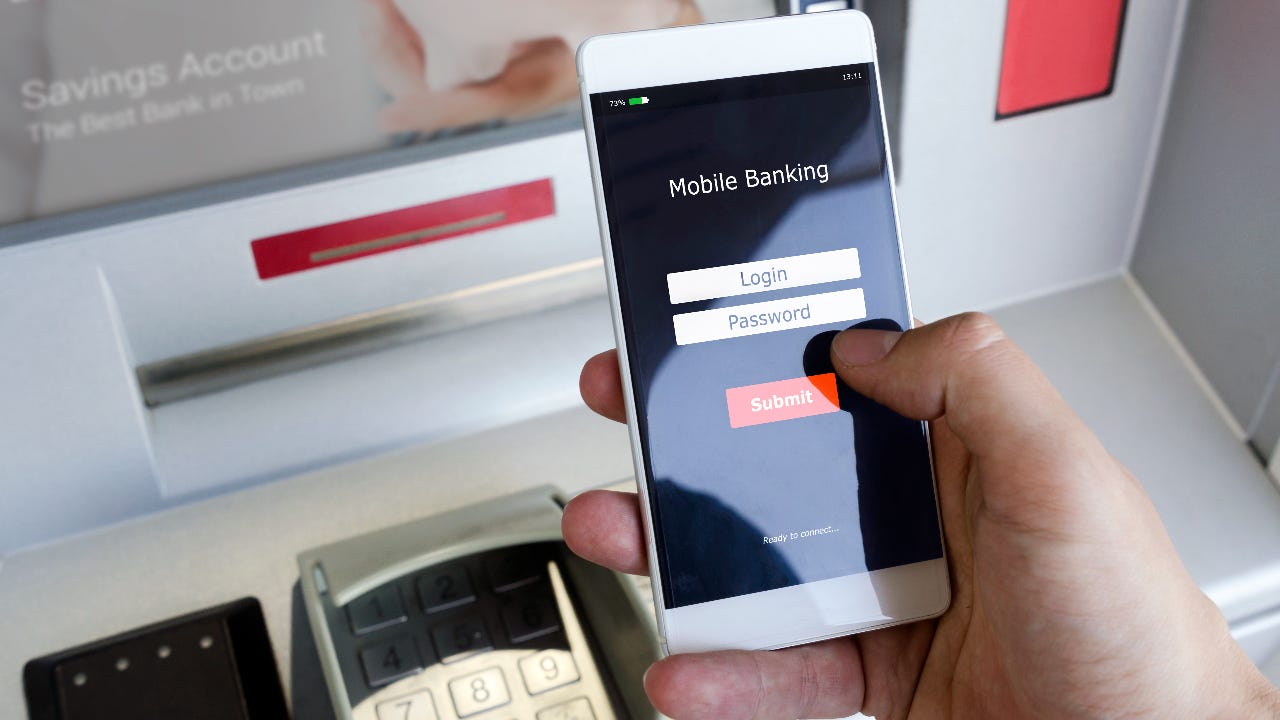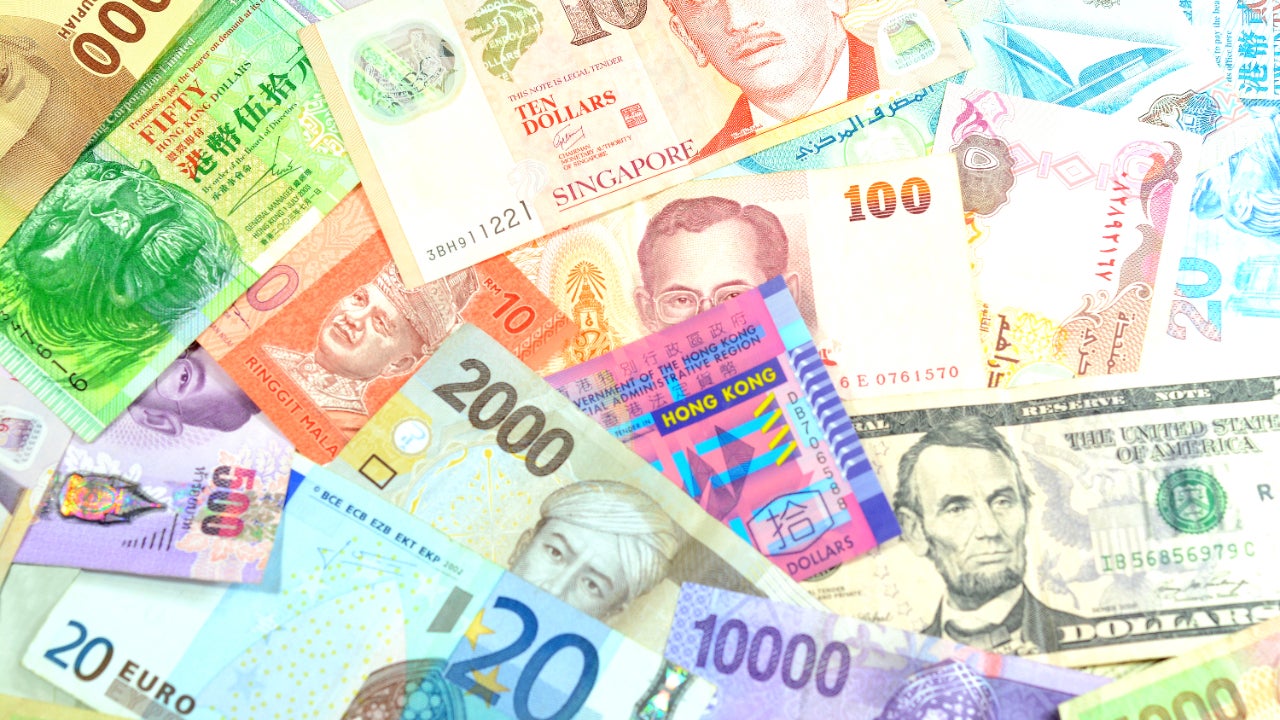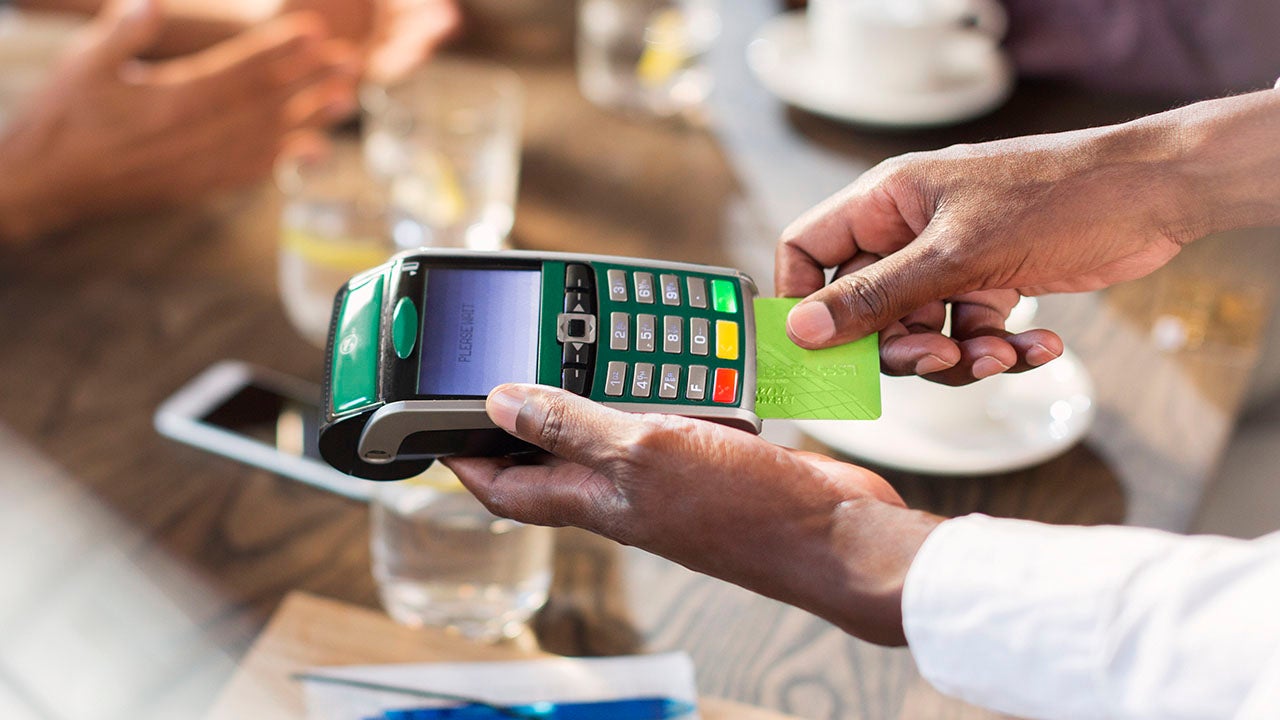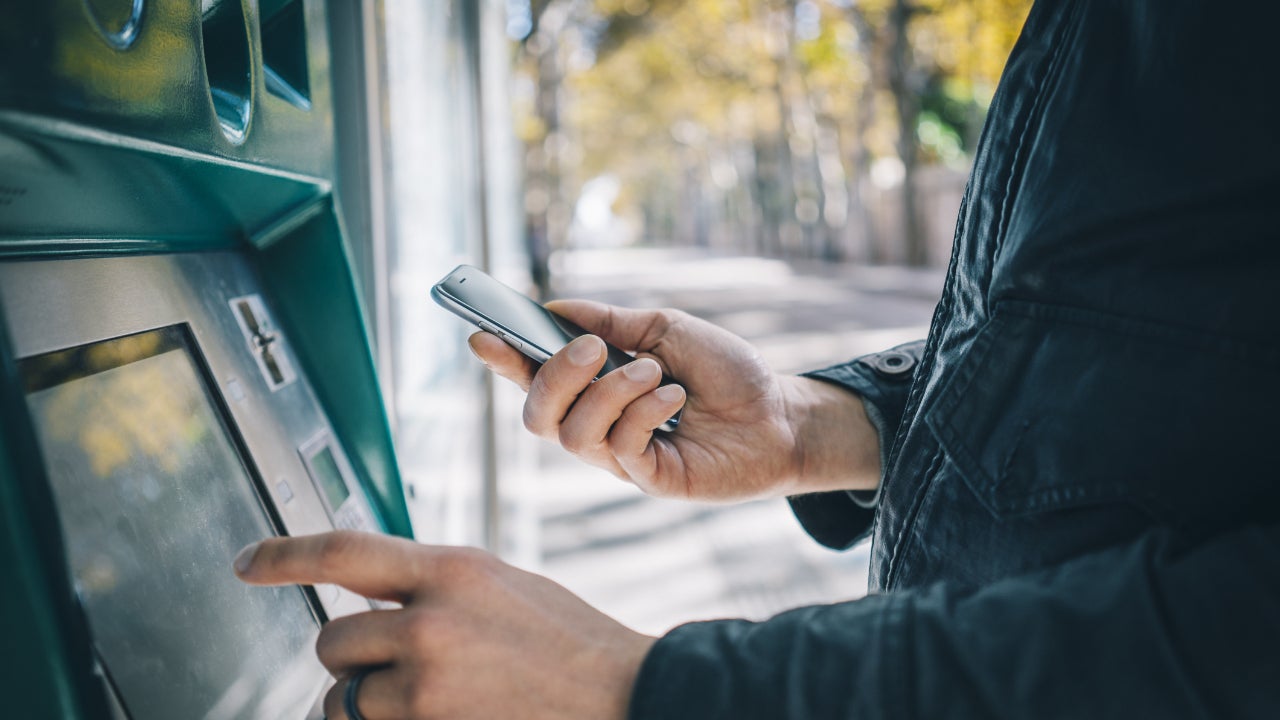ATMs in a pandemic: How to interact with the touch machine

The ATM has made our lives easier for decades: It spits out cash and lets us deposit money without requiring human interaction. The cash-and-dash boxes may seem old-fashioned in a world with digital payment alternatives, but ATMs are still widely in use and remain among the main draws for why someone chooses a bank.
Now, due to the coronavirus pandemic, using the more than 50-year-old touchscreen technology raises new stakes. Sure, it’s easier to social distance while banking with ATMs than, say, interacting with a teller in a branch. But the experience demands something many of us prefer to avoid in the middle of a public health crisis: handling equipment and cash that many others have touched.
ATM transaction volumes declined as people stayed-at-home across the country and spent less on going out to avoid contracting the coronavirus. But this isn’t to say the ATM experience is losing relevance. In fact, it may even have renewed importance with branches challenged to safely serve customers indoors.
“There’s this perception that cash is disappearing and it is not,” says Dominic Canuso, a chief financial officer at WSFS Bank and executive leader of Cash Connect, a division of the bank that provides cash management services.
Steps to take to avoid germs at the boxes
As the lockdowns in the U.S. ease, ATM operators have general self-care advice for those fearful of getting germs from any kind of surface, including self-service banking machines. They recommend that you wash your hands with alcohol-based sanitizer before and after transactions, don’t touch your face after using a surface and even consider wearing latex gloves.
ATM operators are also taking steps to adjust to a society that has become more hygiene-conscious.
Now, near the ATMs, you might see boxes or tape on the ground to indicate where you can safely stand six feet apart from someone else. Operators are also adding barriers at locations where ATMs are side by side to allow for social distancing.
According to Mike Lee, CEO of the ATM Industry Association (ATMIA), other best practices include taking bundles of cash out of circulation for 14 days as a “cash quarantine,” and sanitizing surfaces.
ATM and cash hygiene is emerging as a key, ongoing issue during the pandemic. In June, the ATMIA established a hygiene and safety committee of vendors and operators to develop a global protocol for sanitization procedures for the industry.
You may never use an ATM the same way — because of coronavirus
These initiatives come at a time when a debate around contactless payments is getting renewed interest due to public concerns that the COVID-19 virus can be transmitted by handling cash. While the Centers for Disease Control and Prevention says touching a surface or object isn’t thought to be the main way the virus spreads, the CDC has been encouraging retailers to use touchless payment systems when available as one way to mitigate the risk. It also recommends that consumers bank online when possible, or use ATMs and drive-thru banking that don’t require face-to-face interactions. Once the transaction has been completed, the CDC also recommends using hand sanitizer containing at least 60 percent alcohol to minimize the risk of contracting COVID-19.
Given this new normal in banking, some view ATMs as a relic destined to become obsolete more quickly. But others see an opportunity for the machine that many depend on to evolve.
“It’s underestimated the value and potential of the ATM,” WSFS Bank’s Canuso says. “Years ago, the debit card and ATM were some of the most significant transformational innovations in banking that we now take for granted. And I think we will see that the ATM will continue to be a source of innovation.”
When you won’t need your debit card at the ATM
By year end, the ATMIA expects to roll out a next-gen ATM model that will let consumers use their mobile devices to act as the controller to transact at the ATM rather than require them to use their debit cards. “These pre-staged transactions can take less than 10 seconds so next-gen ATMs will be comfortable and convenient for consumers,” ATMIA’s Lee said in an email to Bankrate.
It’s a feature that’s been available to some bank customers in different flavors for years. WSFS Bank, Bank of America, Fifth Third Bank, PNC Bank and Wells Fargo are among the banks that have let consumers use their phone to control the ATM. While the experience doesn’t generally remove touching the equipment altogether (you might still need to enter your PIN number, for example), it reduces some of the physical interactions.
Simon Powley, head of advisory services and consulting at Diebold Nixdorf, says the technology is becoming more interesting to other ATM operators. “It was just further down the road map,” Powley says. “Now it is being moved up.”
At WSFS Bank, the technology has been available to consumers for five years. While using a mobile banking app to get money out of the ATM has yet to become a mainstream feature, usage has been gaining momentum during the pandemic, as has the bank’s app that lets customers text with bankers.
“That inertia of consumer behavior is hard to overcome, which is why it’s really important for us to be able to provide the same level of service in all channels because you don’t know when those behaviors will shift,” Canuso says.
It’s not the only ATM feature gaining more traction. Video tellers, which stream on some higher-end ATMs, are far from common but are viewed by some institutions as a way to reduce in-person interactions that are becoming more popular, according to some reports.
In other countries, biometrics will be used to reduce the need to touch the equipment. In Spain, CaixaBank will roll out ATMs that recognize your face to dispense cash so you don’t have to enter a PIN, according to a ComputerWeekly report.
What ultimately resonates with consumers after we return to normal, of course, remains to be seen.
“With all of this chance behavior because of Covid, the question is now what percent of people are going to stick with the change and what percentage of people are just going to go back to the things that were?” says Peter Reville, director of primary research services at Mercator Advisory Group. “And that’s a question nobody can really answer right now.”
Learn more:
- Coronavirus and cash: Why consumers should be cautious, but not fearful of handling dollars
- Shelter in place: Is the coronavirus a turning point for challenger banks
- Cashless retailers are becoming more common — and it’s triggering a heated debate and some rebellion





